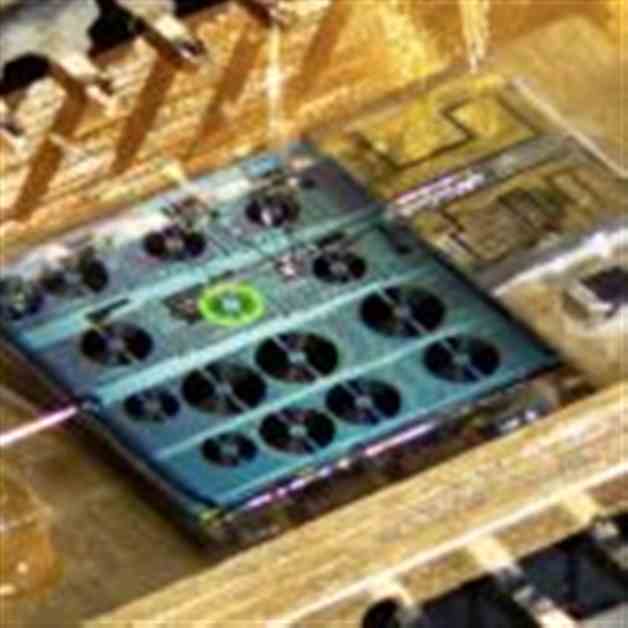Revolutionary Breakthrough: Chip-Integrated Laser Developed by Swiss Scientists
Miniaturized lasers have taken a significant step forward with the development of the world’s first chip-integrated laser by researchers at the École Polytechnique Fédérale de Lausanne (EPFL) in Switzerland. This groundbreaking achievement matches the performance of traditional fiber-based lasers, paving the way for smaller, more portable, and cost-effective lasers with a wide range of potential applications.
The advent of lasers in the 1960s revolutionized numerous industries, from manufacturing to healthcare, telecommunications to printing. As the demand for lasers continues to grow, there is a pressing need for smaller, more affordable alternatives to traditional fiber-based lasers. These lasers are renowned for their high-quality beams, powerful output, and minimal noise.
Led by Professor Tobias Kippenberg, the research team at EPFL developed an erbium-doped waveguide laser embedded on a photonic chip, producing beam characteristics akin to fiber-based lasers. By employing cutting-edge fabrication techniques, the team created a meter-long optical cavity on a silicon nitride photonic circuit, essential for providing optical feedback.
The integration of erbium ions onto the circuit, coupled with a semiconductor pump to excite the ions, enabled the production of a laser beam with a power output of 10 mW and a side suppression ratio exceeding 70 dB. This level of performance surpasses traditional laser systems and offers wavelength tunability of over 40 nanometers in the C- and L- bands, crucial for telecommunication applications.
Innovations such as microring-based Vernier filters allowed the researchers to design a laser cavity with meter-scale length within a compact chip, enabling dynamic tuning of the laser’s wavelength over a broad range. The resultant chip-scale erbium lasers are not only cost-effective but also highly adaptable for integration into various applications like telecommunications, medical diagnostics, and consumer electronics.
The research findings detailing this breakthrough were recently published in the journal Nature Photonics, marking a significant advancement in laser technology that could reshape the future of various industries.
Biography:
Tobias Kippenberg is a renowned physicist and professor at the École Polytechnique Fédérale de Lausanne (EPFL) in Switzerland. With a background in optics and photonics, Kippenberg has been instrumental in pioneering advancements in laser technology. His research focuses on developing innovative laser systems with practical applications across different sectors. Kippenberg’s work has garnered international recognition and significantly contributed to the field of photonics.


